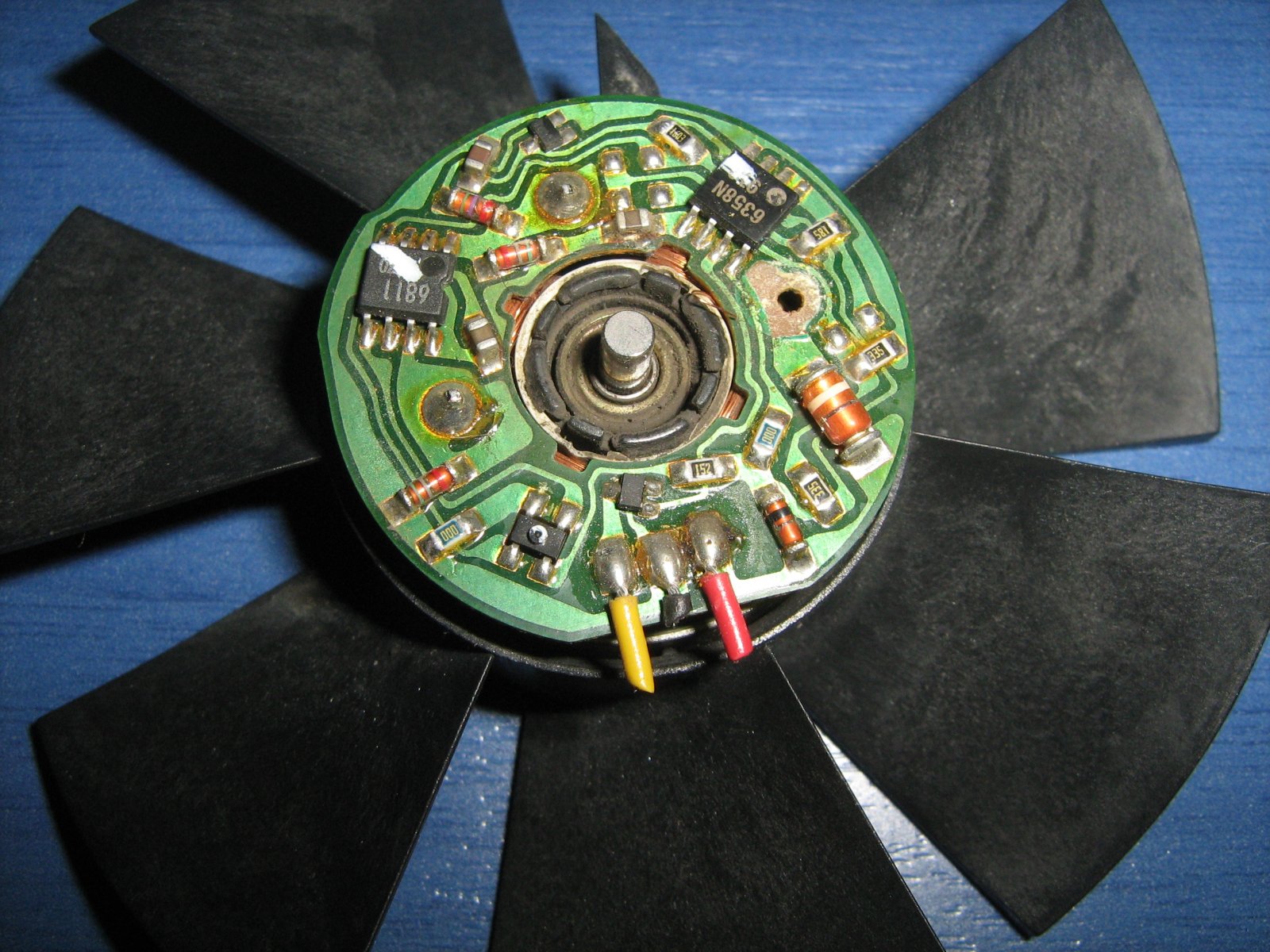Well, I did say that I am often wrong - and it seems that I am (and eric right ) - take at look click here . As for how they fit in an inverter:I have to say that (in case it hasn't been obviously from my previous posts), I am rather sceptical as to whether what eric said is correct (particularly given the small amount of space in which to 'hide' an inverter in many of these fans) - at least for 'run-of-the-mill computer fans !! - but I am frequently wrong


Very interesting - and thanks to eric for the education!
Kind Regards, John

